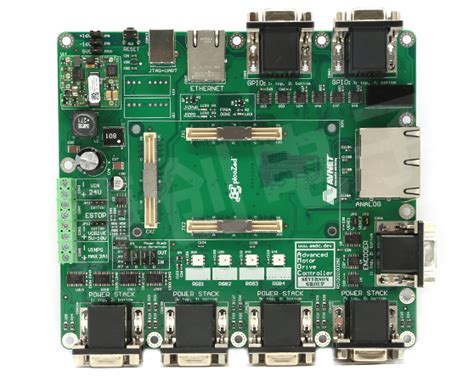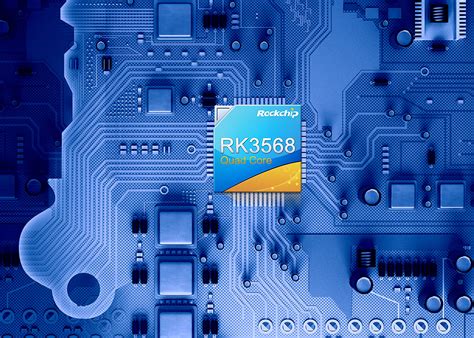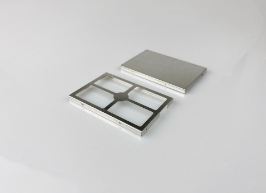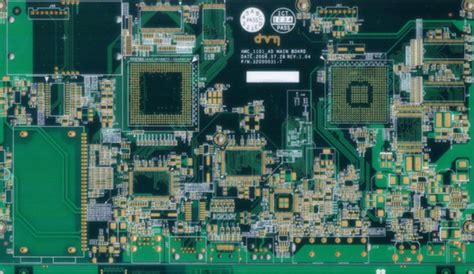Exploring the Panasonic Megtron 6 Datasheet Insights and Specifications
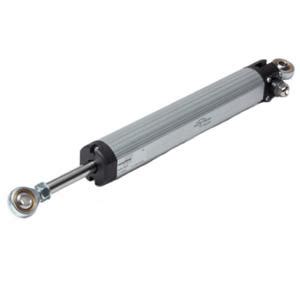
Key Takeaways
Understanding the Panasonic Megtron 6 datasheet is crucial for anyone involved in PCB manufacturing. This high-performance material offers unique attributes that make it stand out among other options available in the market. With its ability to withstand high temperatures and maintain excellent dielectric properties, it is particularly beneficial for complex, high-frequency circuits. As you explore the specifications, you will notice how Megtron 6 can significantly influence the PCB manufacturing cost by reducing the likelihood of failures and enhancing reliability. Moreover, its compatibility with various processes means that you can easily incorporate it into your existing production lines without extensive modifications.
When you’re considering different materials for your next project, remember that selecting the right material like Megtron 6 can greatly affect your overall PCB manufacturing business efficiency and profitability. Keep in mind that some PCB manufacturing companies have reported improved yield rates when they chose Megtron 6, reinforcing its effectiveness in real-world applications.
“Investing in quality materials today can save you time and money tomorrow.” As an engineer or designer, making informed decisions regarding material choice could lead to noteworthy advancements in your projects. Such insights are invaluable when navigating the competitive landscape of electronics design and production.
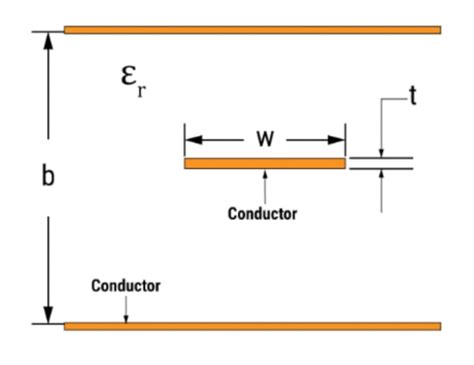
Introduction to Panasonic Megtron 6: An Overview
In the evolving landscape of electronics, understanding the materials that drive performance is vital, especially as you navigate the complexities of pcb manufacturing. The Panasonic Megtron 6 is designed to meet the stringent demands of modern applications. With its high thermal stability and reliable electrical performance, it positions itself as a preferred choice among pcb manufacturing companies aiming for excellence in their products. This advanced material promises lower dielectric constant values, contributing to a significant reduction in signal loss. Such properties influence your decisions regarding pcb manufacturing cost, allowing you to achieve a balance between quality and affordability. As you consider your options in the pcb manufacturing business, leveraging insights from the Megtron 6 datasheet can enhance your design strategies, ensuring compatibility with evolving electronic standards and trends. Understanding these intricacies can lead to innovative designs that set your work apart within a competitive marketplace.
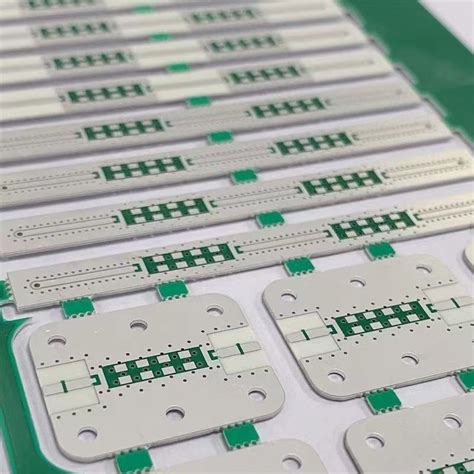
Key Specifications of Panasonic Megtron 6
The Panasonic Megtron 6 is a standout material in the realm of pcb manufacturing due to its impressive specifications that cater to the rigorous demands of modern electronics. Designed for high-frequency applications, it boasts a high dielectric constant and low dissipation factors, making it ideal for the evolving needs of signal integrity. Specifically, its thermal stability and low moisture absorption contribute to enhanced performance, ensuring that the end product remains reliable under various conditions. This reliability is crucial for pcb manufacturing companies, as it directly impacts their ability to deliver quality products that meet stringent performance criteria while keeping an eye on pcb manufacturing costs. By incorporating Megtron 6 into your designs, you’re not only benefiting from superior electrical characteristics but also aligning with best practices in the pcb manufacturing business. This unique combination of attributes makes Panasonic Megtron 6 an excellent choice for engineers seeking to push the boundaries of performance while maintaining cost-effectiveness in their projects.
Performance Attributes of Panasonic Megtron 6
The Panasonic Megtron 6 is renowned for its exceptional performance attributes, making it a top choice for pcb manufacturing. When evaluating pcb manufacturing companies, it’s crucial to consider how the materials they use can impact the overall functionality of your designs. The Megtron 6 material offers outstanding thermal stability and high-frequency performance, which are essential for modern electronic applications. Due to its low dielectric loss and excellent insulation properties, it can significantly reduce the pcb manufacturing cost while enhancing signal integrity. This performance is especially critical in high-speed applications where even minor discrepancies can jeopardize product reliability and efficiency. As you navigate through the pcb manufacturing business, understanding the strengths of materials like Megtron 6 will enable you to make informed decisions that benefit both cost and quality in your projects. The ability to maintain consistent performance under varying conditions sets Panasonic Megtron 6 apart from other materials, ensuring that your designs meet the rigorous demands of today’s electronics landscape.
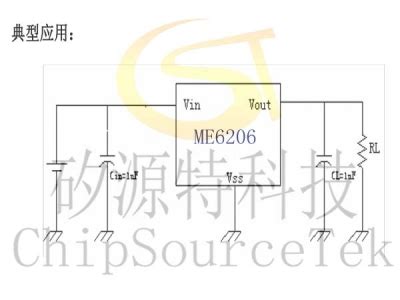
Applications in the Electronics Industry
The Panasonic Megtron 6 is highly valued in the pcb manufacturing sector due to its superior performance characteristics. This material is particularly beneficial for applications requiring high-speed signal transmission, making it an ideal choice for devices such as smartphones, tablets, and other consumer electronics. As you explore various pcb manufacturing companies, consider how Megtron 6’s attributes, like its outstanding dielectric properties and thermal conductivity, can significantly enhance the performance of your printed circuit boards (PCBs). Additionally, adopting Megtron 6 can help reduce the overall pcb manufacturing cost by minimizing signal degradation and allowing for tightly packed layouts without compromising reliability. For professionals involved in the pcb manufacturing business, understanding these applications will empower you to make informed decisions about materials that can improve your designs and meet industry standards while ensuring efficiency and effectiveness in production.
Comparison with Other Panasonic Materials
When considering the Panasonic Megtron 6, it is essential to evaluate its performance in relation to other Panasonic materials such as Megtron 4 and Megtron 5. Each of these materials is designed to cater to specific needs in the pcb manufacturing process. For instance, while Megtron 4 offers excellent thermal stability, Megtron 6 surpasses it with improved high-frequency performance and lower dielectric loss. This makes it an ideal choice for your next project where pcb manufacturing companies require material that can handle increasingly complex designs and higher data rates.
Moreover, another key aspect of Megtron 6 is its versatility across various applications in the pcb manufacturing business. It’s specifically engineered to meet the demands for high reliability in aerospace and automotive sectors, making it a standout among its peers. When evaluating the overall pcb manufacturing cost, opting for Megtron 6 can lead to significant long-term savings thanks to its durability and reliability, reducing the likelihood of costly failures or reworks.
In summary, while there are certainly advantages to other Panasonic materials, Megtron 6 offers a unique combination of attributes that can enhance your design process when compared to other options. Understanding these variations allows you to make an informed decision when selecting materials for your projects.
Advantages of Using Megtron 6 in Design
When you consider materials for your pcb manufacturing needs, Megtron 6 stands out due to its superior performance and reliability. This specific substrate offers excellent thermal stability and minimal signal loss, making it ideal for high-frequency applications. As you explore your options, pcb manufacturing companies might highlight the benefits of incorporating Megtron 6 into your designs, particularly for circuits that require robust performance under varying temperature conditions. With its low dielectric constant and low dissipation factor, Megtron 6 ensures that you can achieve high-speed data transfer without compromising quality. Additionally, the use of this material can positively influence your overall pcb manufacturing cost, as it minimizes the likelihood of signal integrity issues that could lead to expensive redesigns or delays in your pcb manufacturing business. Ultimately, choosing Megtron 6 not only enhances the technical specifications of your product but also provides a strategic advantage in meeting the modern demands of electronic design.
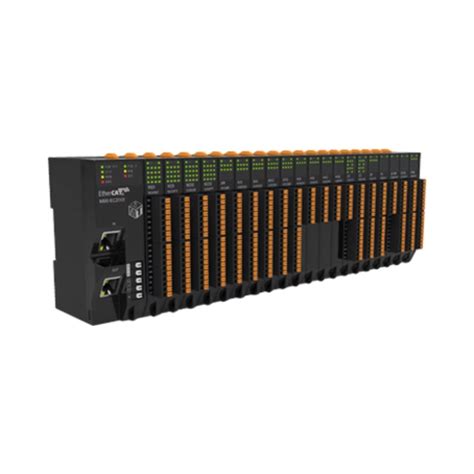
Conclusion: Making Informed Choices with Megtron 6
In navigating the complexities of pcb manufacturing, understanding the capabilities of materials like Megtron 6 is crucial for ensuring product quality and reliability. This high-performance material boasts impressive specifications that can significantly enhance your designs in various applications. By leveraging the insights from the Panasonic Megtron 6 datasheet, you can make informed decisions that positively impact your pcb manufacturing business. When considering options, take into account how Megtron 6 compares to other solutions from pcb manufacturing companies, particularly in terms of thermal performance, mechanical stability, and dimensional accuracy. The balance between performance attributes and pcb manufacturing cost is essential for optimizing production without sacrificing quality. By integrating Megtron 6 into your designs, you not only improve operational efficiency but also position yourself competitively within the industry, making it a compelling choice for your next project.
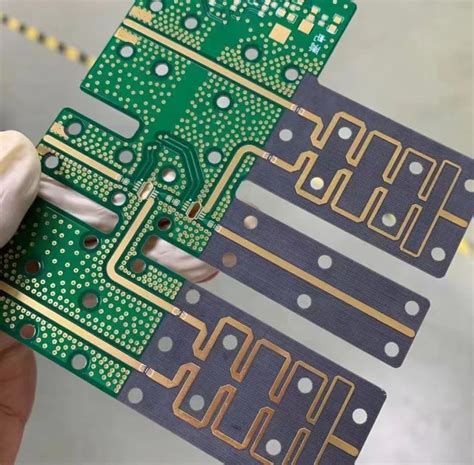
Conclusion: Making Informed Choices with Megtron 6
In the realm of pcb manufacturing, selecting the right materials is paramount for achieving optimal performance and reliability. The Panasonic Megtron 6 is designed to meet the rigorous demands of contemporary electronics. By incorporating its unique properties, you can enhance your designs while managing the overall pcb manufacturing cost effectively. When working with pcb manufacturing companies, understanding the specifications and performance attributes detailed in the Megtron 6 datasheet allows you to make informed decisions that align with your project needs.
The versatility of Megtron 6 ensures its applicability across various electronic devices, making it a popular choice in the pcb manufacturing business sector. Here’s a brief comparison table that summarizes the critical differences between Megtron 6 and other common materials used in pcb manufacturing:
| Material | Dielectric Constant | Loss Tangent | Max Operating Temperature | Applications |
|---|---|---|---|---|
| Megtron 6 | 3.0 | 0.0035 | 180°C | High-speed, telecom |
| FR-4 | 4.5 | 0.02 | 130°C | General-purpose |
| Rogers RT/duroid | 2.2 | 0.0012 | 250°C | RF/microwave applications |
By leveraging these insights into the properties and applications of Megtron 6, you can optimize your designs for durability and performance, ultimately enhancing product reliability while navigating the complexities associated with manufacturing costs and selecting among various materials for your specific needs in the pcb manufacturing field.
FAQs
What is the significance of the Panasonic Megtron 6 datasheet?
The Panasonic Megtron 6 datasheet provides comprehensive specifications and performance attributes crucial for engineers and designers in the electronics industry. It serves as a valuable resource to understand the material’s capabilities and applications in pcb manufacturing.
How does Megtron 6 compare with other Panasonic materials in terms of PCB manufacturing?
Compared to other Panasonic materials, Megtron 6 offers enhanced thermal stability, lower pcb manufacturing cost, and improved electrical performance, making it an ideal choice for high-tech designs.
What industries can benefit from using Megtron 6?
Megtron 6 is particularly beneficial in industries requiring high-frequency applications, such as telecommunications, aerospace, and automotive electronics—providing optimal performance for those sectors.
Can the specifications of Megtron 6 influence the PCB manufacturing process?
Yes, understanding the specifications outlined in the datasheet can greatly influence your decisions during the pcb manufacturing process, ensuring that your designs are functional and cost-effective.
Where can I find more information about pcb manufacturing processes?
For detailed insights about pcb manufacturing companies, processes, and costs associated with these services, please click here.
By considering these FAQs, you enhance your understanding of how to effectively utilize the Panasonic Megtron 6 within your designs, optimizing both functionality and cost-efficiency in your projects.


